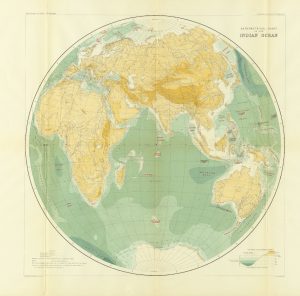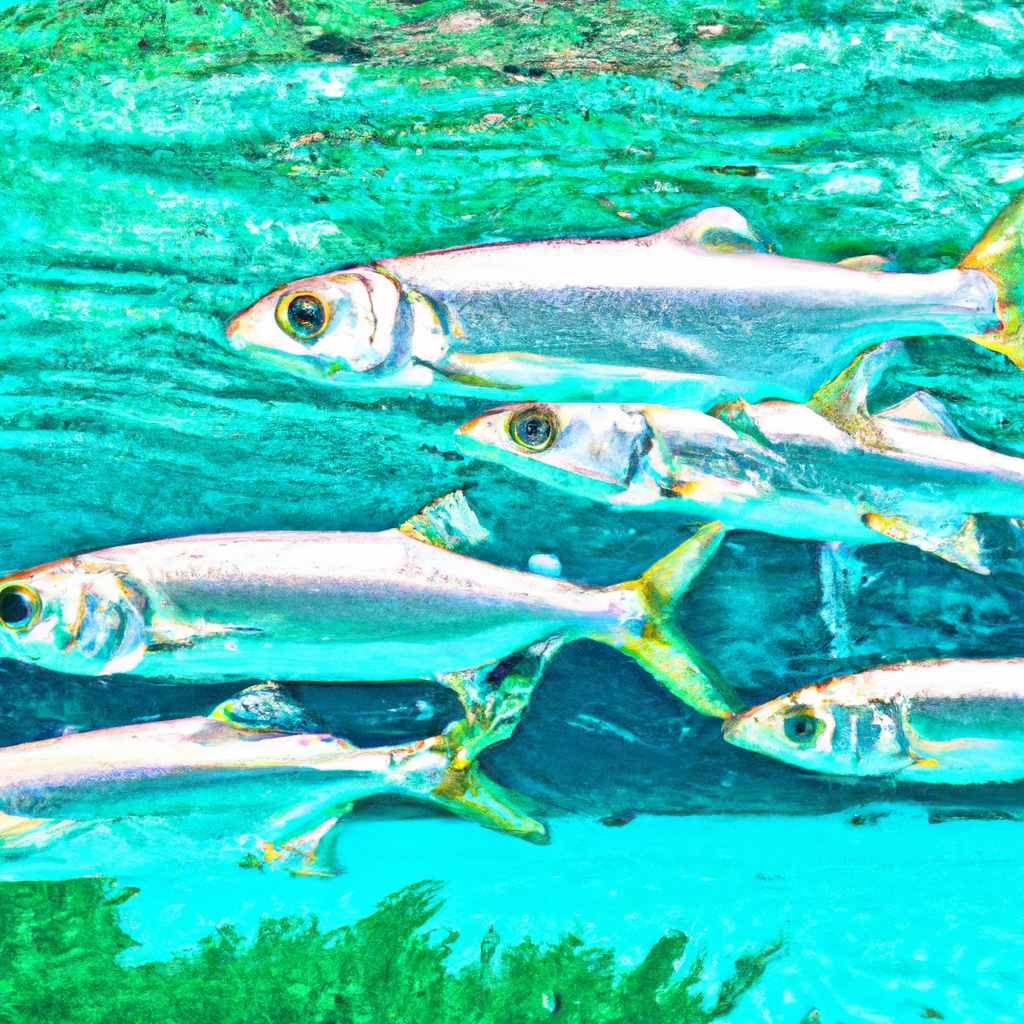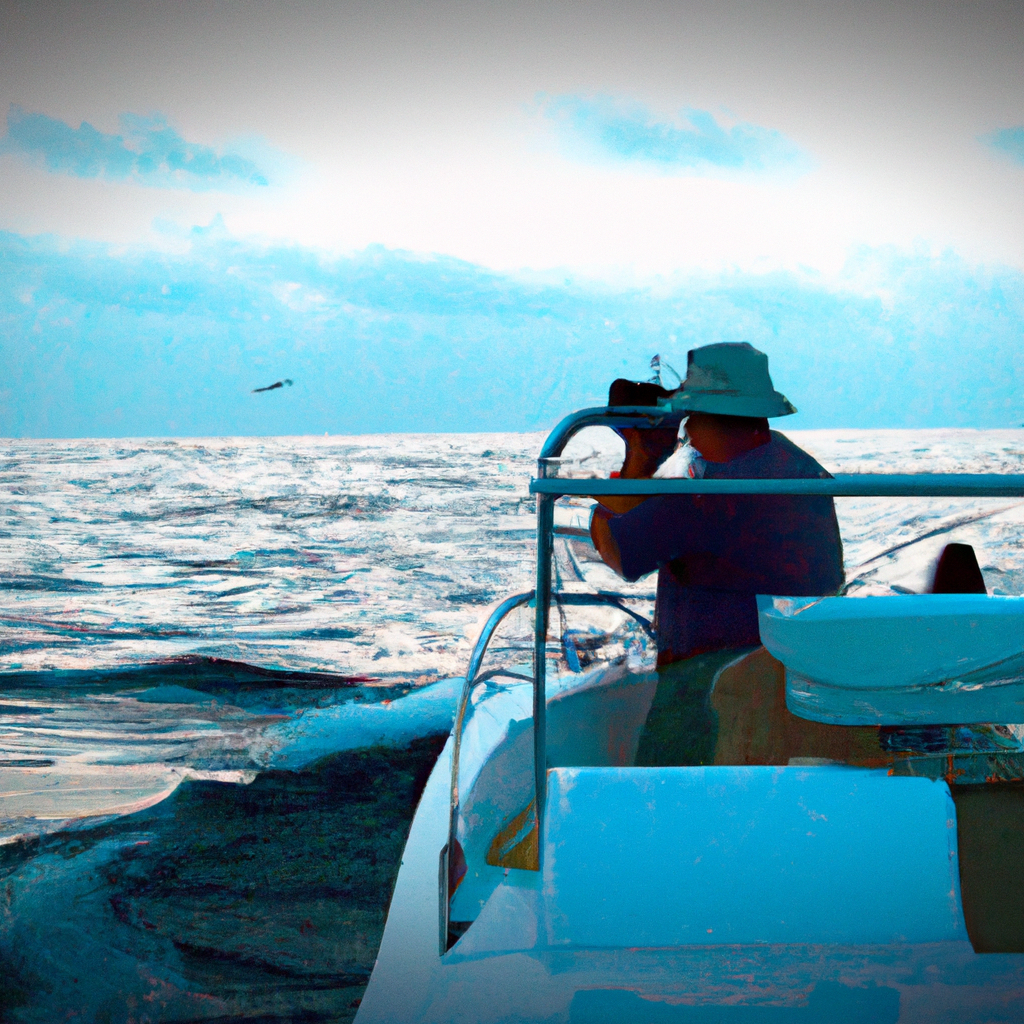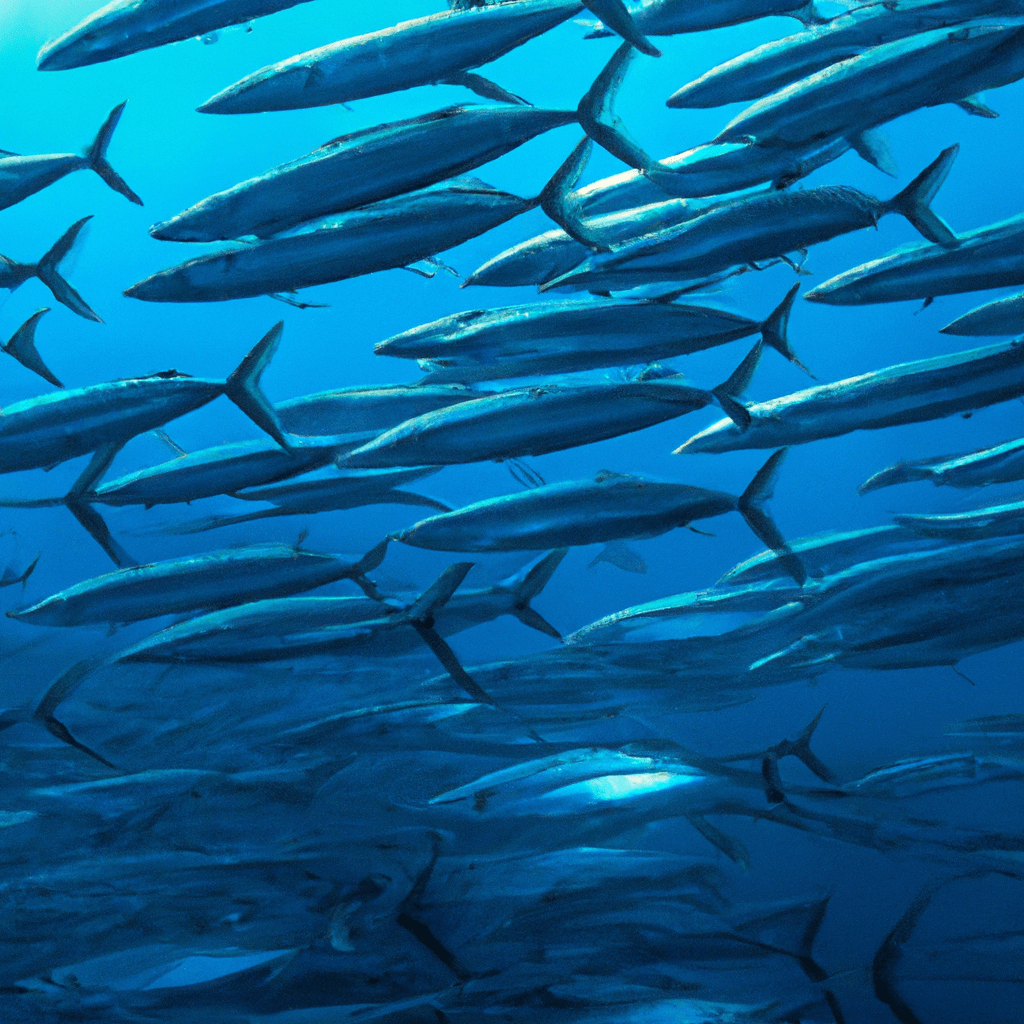Are you ready to dive into the mysterious world of tarpon migration?
Brace yourself as we unravel the secrets behind their incredible journeys.
From the bustling schools that traverse the vast oceans to the factors that influence their movements, this article will equip you with the knowledge to track and intercept these magnificent creatures.
Get ready to embark on a scientific adventure, where understanding tarpon migration patterns will unlock a deeper connection to the natural wonders of the sea.
The Annual Tarpon Migration

You should know that the annual tarpon migration is a spectacle you won’t want to miss. Tarpon, also known as the ‘Silver Kings,’ undertake this remarkable journey to find optimal feeding grounds.
Their feeding habits play a crucial role in determining the timing and routes of their migration. Tarpon are voracious predators, primarily feeding on small fish and crustaceans. They migrate in search of areas with abundant food sources, such as estuaries and coastal waters.
However, the migration patterns of tarpon aren’t solely influenced by their feeding habits. Environmental factors, such as water temperature, salinity, and currents, also play a significant role. These factors affect the availability and distribution of prey, prompting tarpon to move in response to changing environmental conditions.
Understanding these feeding habits and environmental factors is essential for predicting and conserving the annual tarpon migration.
Factors Influencing Tarpon Movements
Factors influencing tarpon movements include changes in water temperature, the availability of prey, and the presence of predators.
Tarpon, known for their migratory behavior, are highly sensitive to environmental factors that affect their feeding habits. Water temperature plays a crucial role in determining the distribution and movement patterns of tarpon. They’re warm-water fish and tend to migrate to areas with optimal temperature for feeding and reproduction.
Additionally, the availability of prey directly influences tarpon movements. These fish are opportunistic feeders and follow their prey, such as small fish and crustaceans, to different locations.
Lastly, the presence of predators, such as sharks and dolphins, can also influence tarpon movements as they seek safer grounds to avoid predation.
Understanding these factors is essential for predicting and managing tarpon populations and their movements in response to changing environmental conditions.
Tarpon Migration Routes and Destinations

They migrate along specific routes and end up in various destinations, depending on the time of year and environmental conditions. Tarpon migration patterns have been the subject of extensive research and tracking efforts.
Scientists have used various methods, such as satellite tagging and acoustic telemetry, to track tarpon movements and understand their migration routes. These studies have revealed that tarpon exhibit seasonal migrations, moving from their wintering grounds to their spawning grounds.
In the Atlantic Ocean, tarpon migrate along the eastern coast of the United States, following the warm waters of the Gulf Stream. They travel south in the fall and winter, eventually reaching destinations such as Florida, the Caribbean, and South America.
In the Gulf of Mexico, tarpon migrate along the coastlines of Texas, Louisiana, and Mexico, moving towards their preferred spawning areas.
Timing and Seasonality of Tarpon Migration

During the timing and seasonality of tarpon migration, you can observe consistent patterns in their movements and behavior. Tarpon migration patterns are influenced by various environmental cues, such as water temperature, daylight hours, and food availability. Understanding these cues can help predict the timing and routes of their migration. Tarpon typically migrate in large schools, traveling long distances to reach their spawning grounds. They tend to move from warmer waters in the south to cooler waters in the north during the summer months. In the fall, they begin their journey back to the south, following the reverse route. This cyclic migration pattern allows tarpon to take advantage of favorable conditions and maximize their chances of survival and reproduction.
| Environmental Cue | Migration Behavior |
|---|---|
| Water temperature | Move to warmer waters in summer, cooler waters in fall |
| Daylight hours | Follow longer daylight hours in summer |
| Food availability | Move to areas with abundant prey |
| Spawning grounds | Travel long distances to reach spawning grounds |
| Predators | Avoid areas with high predator presence |
Tips for Tracking and Intercepting Tarpon Schools

To maximize your chances of tracking and intercepting tarpon schools, you should pay attention to weather patterns and tidal movements. These factors can greatly influence the location and behavior of tarpon, making them easier to locate and target.
When tracking tarpon schools, it’s important to consider the wind direction and speed, as well as the temperature and barometric pressure. Tarpon tend to move with the tides, so understanding tidal movements is crucial.
Fishing strategies for tracking tarpon schools include using a combination of visual and technological aids. Polarized sunglasses can help you spot tarpon in the water, while sonar and GPS devices can assist in tracking their movements. Additionally, studying tarpon behavior and migration patterns can provide valuable insights for successful tracking techniques.
Frequently Asked Questions
How Long Does the Annual Tarpon Migration Typically Last?
The annual tarpon migration typically lasts a few months. Contrary to what you may think, understanding tarpon migration routes and tracking tarpon movements can provide valuable insights into their behavior and conservation efforts.
Are There Any Specific Environmental Factors That Trigger the Tarpon Migration?
Climate effects and ocean currents are specific environmental factors that trigger tarpon migration. These factors play a crucial role in guiding the tarpon’s movement patterns as they respond to changes in temperature, salinity, and food availability.
Do Tarpon Migrate in Large Groups or Individually?
Tarpon exhibit both group behavior and solitary migration patterns. Some tarpon migrate in large groups, while others migrate individually. The reasons behind these different migration patterns are still being studied by scientists.
What Are Some Popular Destinations for Tarpon During Their Migration?
Some popular destinations for tarpon during their migration include the Florida Keys, Boca Grande, and the Caribbean. The best fishing techniques for tarpon during migration include using live bait and fly fishing. Climate change may impact tarpon migration routes in the future.
Can Tarpon Migration Patterns Vary From Year to Year?
Yes, tarpon migration patterns can vary from year to year. Tarpon migration research has shown that factors such as climate change can impact their migration routes and timing.

